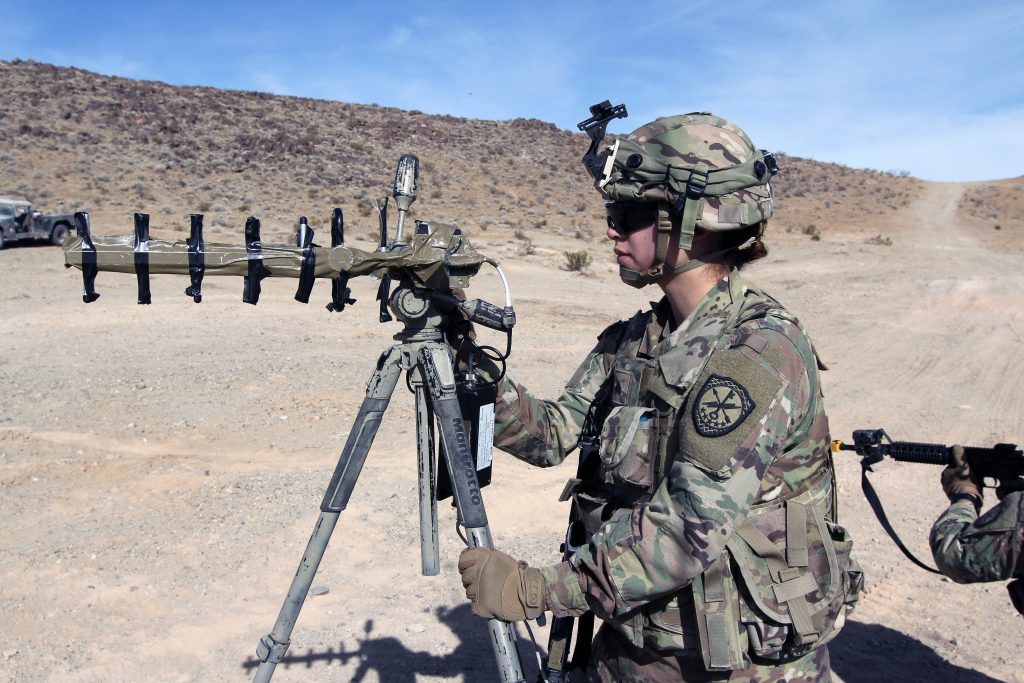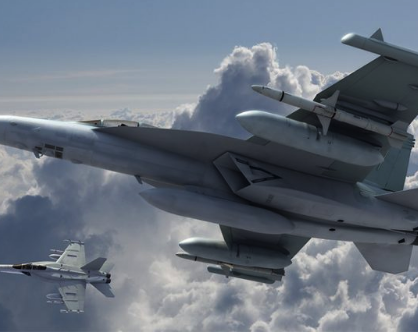
After a quarter-century of post-Cold War neglect, the Department of Defense has once again become serious about electronic warfare: the art of detecting, disrupting, and deceiving enemy radio and radar. But battles between electrons are invisible, literally and often politically as well, and EW must fight for attention and resources with higher-profile efforts from hypersonic missiles and missile defense to combat readiness for everything from fighter jets to nuclear submarines.
DoD will need to sustain its emphasis on the electromagnetic spectrum, which, along with outer space and cyberspace, is where commanders will find – or fail to find – the information that wins or loses futures battles. Recognizing this trend, China retooled its military in 2015 to combine space, computer network operations, and EW organizations under a single command focused on winning the information competition. Indeed, with both Russia and China willing to hack networks, jam transmissions, and even test anti-satellite weapons, all three domains are already active zones of great power competition and so-called “grey zone” conflict — even if no bullets are flying and no human bodies are falling. If the US military is to make needed investments in all three areas with a flat or declining budget it will need to cut spending on traditional types of military power. Read more
Source: www.breakingdefense.com
